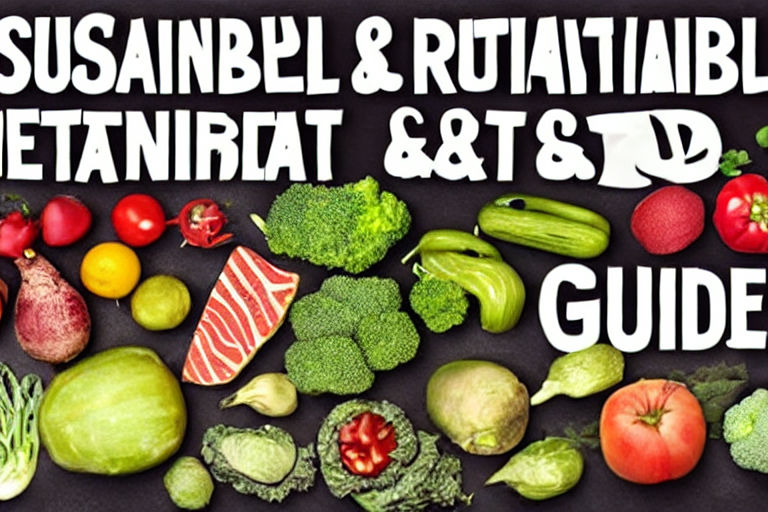How to Incorporate Sustainable Food into Your Diet: A Beginner's Guide
Switching to a sustainable diet can seem like a daunting task, but it's easier than you might think. Not only is it better for the planet, but it can also be better for your health. This guide will give you some tips on how to incorporate sustainable food into your diet.
Shop at Your Local Farmers Market
Shopping at your local farmers market is a great way to support your local community and reduce your carbon footprint. Locally grown produce doesn't have to travel as far to get to your plate, which means fewer emissions. Additionally, buying from local farmers helps support small businesses in your area.
Choose Seasonal Produce
Choosing seasonal produce has a number of advantages. Firstly, it's often cheaper and more readily available since it doesn't have to be transported as far. Secondly, seasonal produce is often fresher than non-seasonal produce since it doesn't have to be preserved for transport. Finally, eating seasonally can lead to a more varied diet since different produce is available at different times of the year.
Reduce Your Meat Consumption
Meat production has a significant impact on the environment. It requires large amounts of water and energy, and it's estimated that livestock farming accounts for around 18% of global greenhouse gas emissions. Reducing your meat consumption, whether it be through Meatless Mondays or other means, can have a significant positive impact on the environment.
Buy in Bulk
Buying in bulk is a great way to reduce the amount of packaging that you throw away. Instead of buying lots of small packages, buy larger packages that will last you longer. Not only will this reduce your environmental impact, but it can also save you money in the long run.
Grow Your Own Food
If you have space in your backyard, consider growing your own food. Not only is it fun and rewarding, but it's also a great way to reduce your carbon footprint. Additionally, you'll know exactly where your food is coming from and how it was grown.
Choose Sustainable Seafood
The seafood industry has a significant impact on the environment. Overfishing, habitat destruction, and bycatch are just a few of the issues associated with commercial fishing. Choosing sustainable seafood, such as fish that are caught using sustainable methods or are farmed in an environmentally friendly way, can help reduce your environmental impact.
Conclusion
Incorporating sustainable food into your diet doesn't have to be difficult. By shopping at your local farmers market, choosing seasonal produce, reducing your meat consumption, buying in bulk, growing your own food, and choosing sustainable seafood, you can help reduce your carbon footprint and support a healthier planet.



